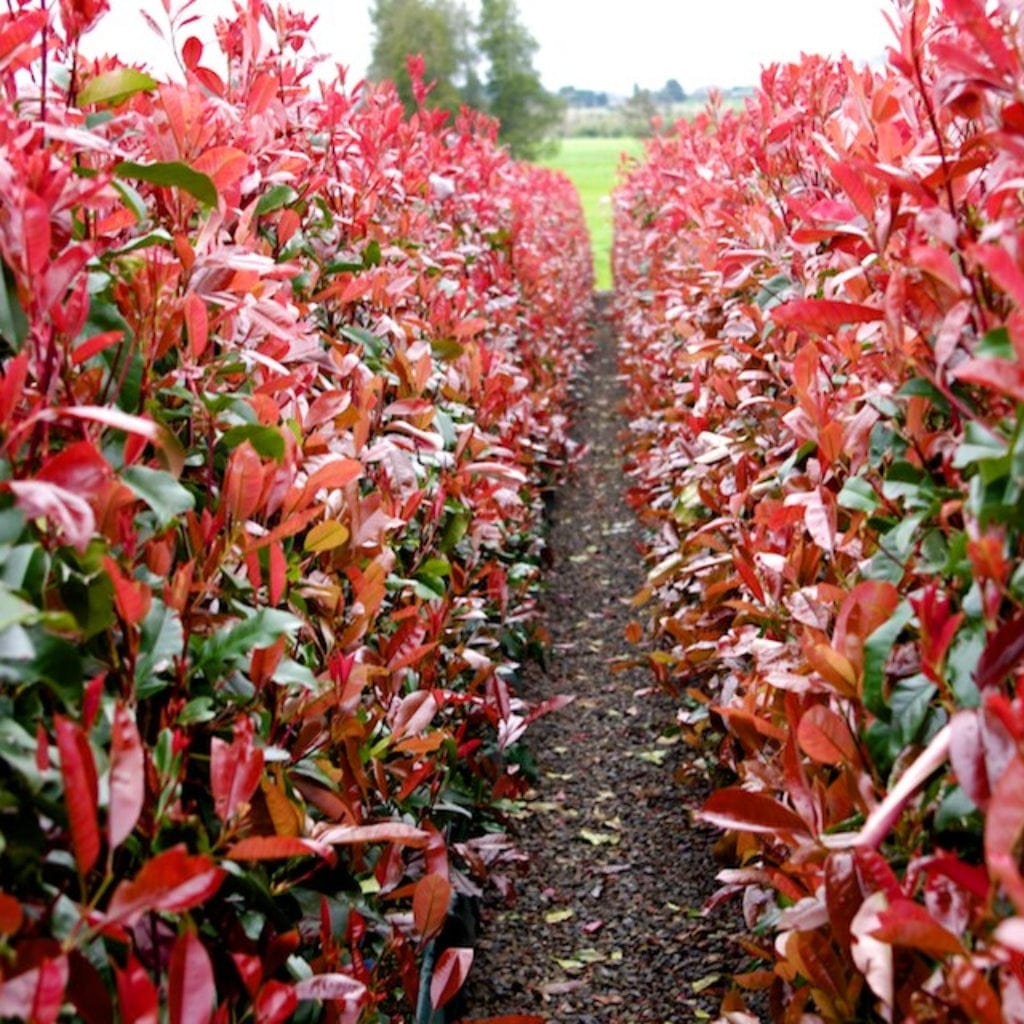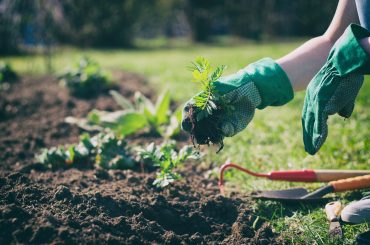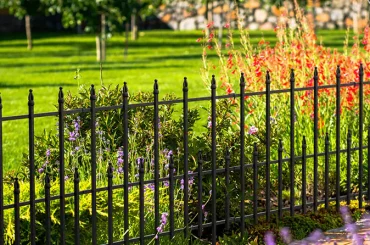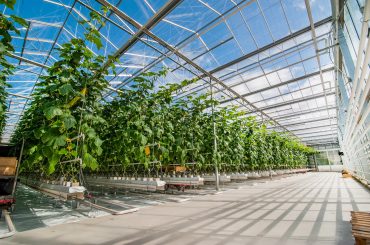Table of Contents
Photinia red robin is gaining popularity as an evergreen shrub due to its darker green and red hue. It is suitable as an ornamental shrub or a tall tree for evergreen screening. This vigorous cultivar grows up to 30cm in a year. With its immense growth comes photinia red robin problems. Knowing how to nurture and care for your red robin photinia makes it easier to keep them healthy and long-lasting.
They grow best at a distance of five feet between every plant. Annual pruning gives the best growth and improves the airflow amongst the veins of this plant. Some of the common issues with red robin photinia are surrounding the planting position and fungus. However, another concerning area for this plant is a specific deficiency. This blog shares the deficiencies arising in red robin photinia.
Read ahead to understand photinia red robin problems and how they emerge.
What is a Deficiency in Plants?
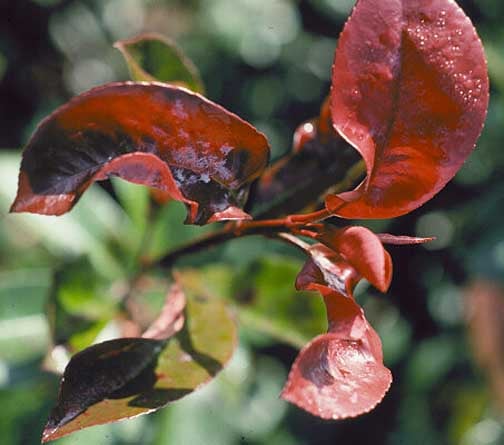
Every plant needs a specific amount of nutrients to grow properly. Plants find it difficult to absorb the soil nutrients in extremely acidic or alkaline conditions. Dryness or waterlogging hinders the development of the plant. When such a situation arises, the plant lacks certain nutrients like magnesium, nitrogen, potassium, phosphorous, and other similar elements. Such a situation arising in any plant is termed as ‘deficiency.’
It is crucial to observe your plants daily to be aware of their health. The deficiency in a plant is not visible immediately. With a prolonged lack of nutrients, plants begin to react adversely. One of the signs indicating deficiency is the change in color of the leaves. The older leaves on the plant will turn yellow or brownish from the corners and eventually dry and fall within a few weeks.
Another primary symptom of any deficiency is the hindered growth of new leaves. The flowering and fruiting process happens slower in a situation of deficiency. In some plants, the roots become short and shabby instead of growing wide. All these symptoms arise within a few weeks. As soon as you notice the changes, it is crucial to take action to heal the plant.
There is a particular deficiency in Red Robin Photinia that hinders its growth. Let us understand the specific issue in this plant.
Magnesium Deficiency in Red Robin Photinia
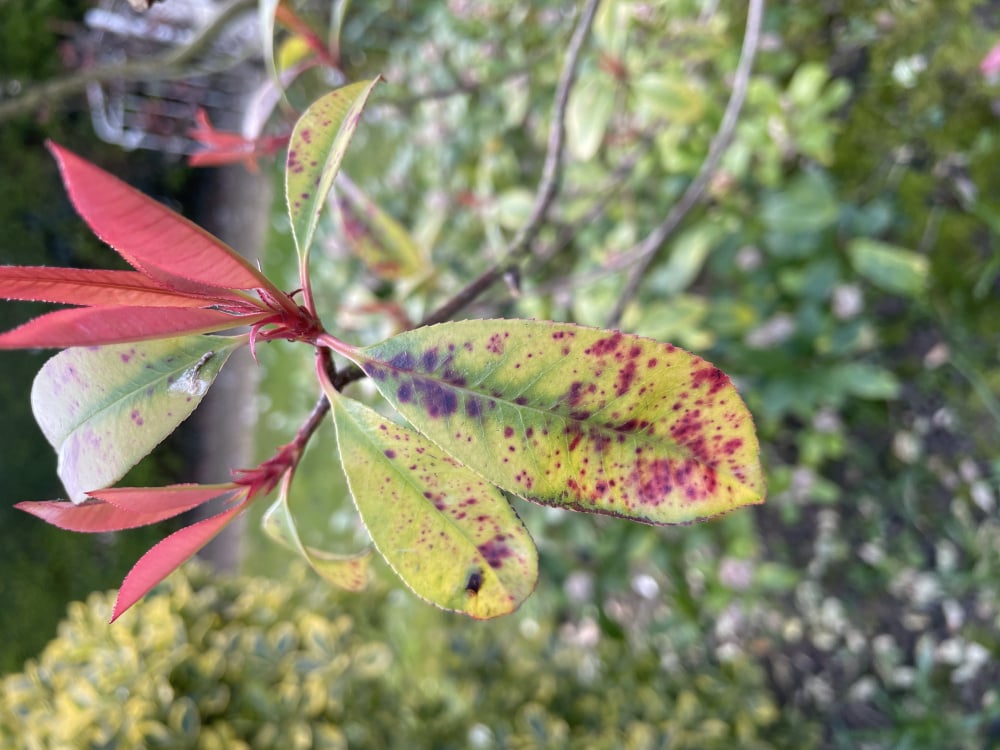
The vigorous nature of Red Robin Photinia indicates the need for magnesium in larger quantities. It is a central core of the chlorophyll molecule in plant tissue that is needed for quicker growth. This plant is known for its higher growth speed. Thus, it uses magnesium in more quantity compared to other plants. A lack of this nutrient can lead to hindered growth of the plant. One of the biggest deficiencies faced by Red Robin Photinia is magnesium deficiency. Extremely acidic soil is one of the main reasons for such lack.
Magnesium is a mobile nutrient that can easily leach out of freely draining soil during prolonged periods of rain. Droughts existing for the long term can also impact the nutrient composition of the soil around this plant. As a result of lack, the plant takes out the nutrients from the older leaves to help the newer ones grow. This process changes the color and shape of the old leaves.
Yellowing of the plant is one of the most common symptoms of this deficiency. The veins will remain green, whereas the surrounding part of the leaf will turn pale yellow. When such changes appear on the older leaves of the plant, understand that it’s a magnesium deficiency. Some leaves may also display red, brown, or purple spots. If no action is taken, a further change is seen in the young leaves. They begin to turn burgundy and eventually stop growing.
Take note of the specific conditions around your plant once it exhibits the above symptoms. Early action will help the leaves heal from the lack.
Taking Care of the Deficiency
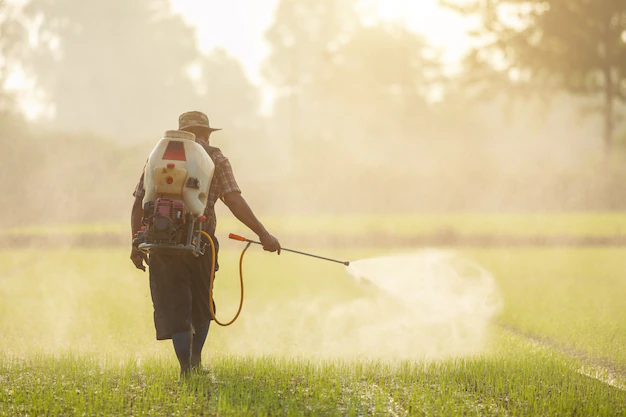
To avoid the deficiency, you must keep your plant in soil with a balanced pH level. Extremity of any kind can cause a deficiency of magnesium. Assure that the fertilizers used for the plant have enough magnesium components. In drought or floods, provide your plants with the needed environment by watering or clearing the logging.
Once you identify the magnesium deficiency in the plant, it’s time to take some action. The first and easiest way to heal the deficiency is to use a mixture of Epsom salt and water. Mix a gallon of water and a teaspoonful of Epsom salt in a container. Spray it on the roots and leaves with the help of a spray bottle after applying other fertilizers.
Beat the Deficiency with Proper Action!
Red Robin Photinia is a decorative plant that adds a lot of serenity and grace to the exterior of your space. Keeping them healthy and thriving will need a little effort daily. Knowing what to do and how to do it will make it easier for you to implement. Assure to keep them satisfied with the needed nutrients, including magnesium. If you feel the need, directly use magnesium sulfate.
Trimming these plants will help in quicker growth. Feed the plants with fertilizer twice a year and an extra dose of magnesium to avoid deficiency. To enjoy the view of green and red leaves, let their need for nutrients be fulfilled.

